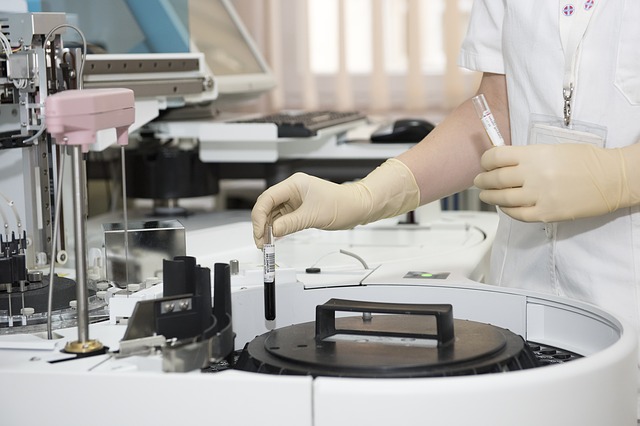Discovery May Reduce the Number of Premature Births
More premature babies than ever before are surviving preterm births and going on to live normal, healthy lives. Now, a new discovery may help even more. If scientists from Queen Mary University of London and University College London are correct, they might be able to reduce the number of premature births significantly.
According to a 5th September article published by the Financial Times, a group of scientists from the two universities presented their discovery at the British Science Festival in Brighton. The researchers have discovered a way of healing ruptures that may form in the membrane surrounding the foetus in the womb. Healing such ruptures would reduce the number of preterm births the UK experiences every year.
The researchers say that some 50,000 babies are born preterm every year. Roughly 40% of those preterm births are the direct result of a foetal membrane rupture. The problem with such ruptures is that humans do not possess any natural mechanism to fix them. Once a rupture occurs, it will lead to either premature labour and delivery or amniotic fluid leaking out. Neither are good for the baby in the womb.
A Biological Culprit Discovered
Although researchers do not yet understand why human mothers do not possess the biological mechanism to fix foetal membrane ruptures, they have discovered that a protein known as connexin 43 gets in the way of rupture healing. The researchers have devised a means of inhibiting the protein around the site of a foetal membrane rupture while at the same time encouraging collagen-producing cells to begin healing the injury.
Assuming that the treatment is successful, researchers say they may be looking at introducing stem cells in the future. Stem cells are considered nature’s building blocks inasmuch as they can be encouraged to grow into distinct kinds of tissue depending on how they are manipulated. Combining connexin 43 inhibiting with stem cell therapy could one day all but eliminate premature births caused by foetal membrane ruptures.
Making Antenatal Surgery Safer
In addition to reducing the number of preterm births in the UK, the procedure could also reduce the risks associated with antenatal surgery. Currently about 40% of antenatal surgeries result in some sort of amniotic fluid leakage and eventual premature labour. It is believed that the same process that promotes healing of foetal membrane ruptures could also be used to help mothers’ bodies better self-repair after antenatal surgery.
Such an ability would make it easier for doctors and mothers to accept the risks of surgery when a baby in the womb would benefit from it. This is not to say that all antenatal surgeries would be safe, but simply to suggest that the risks would be lessened.
The Financial Times says that the foetal membrane rupture treatment is still as many as three years away from being publicly available. Between now and then, significant testing will be required to better understand its efficacy and risk profile. Still, the news is good for parents who may be faced with preterm birth in the future.
There is still a lot we do not know about premature babies and what triggers preterm births. But the more we know, the more capable we are becoming at protecting the health and well-being of premature babies and their mothers. This latest discovery among researchers at Queen Mary University of London and University College London is just the latest example of the progress we are making.
Financial Times – https://www.ft.com/content/0fdace22-9240-11e7-a9e6-11d2f0ebb7f0

